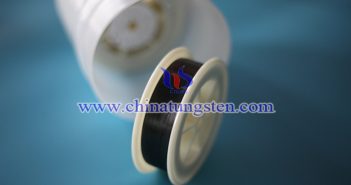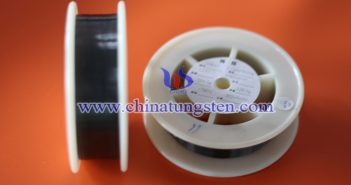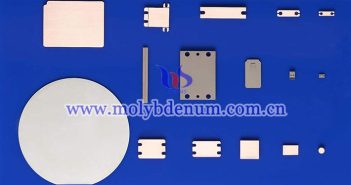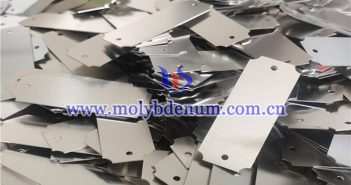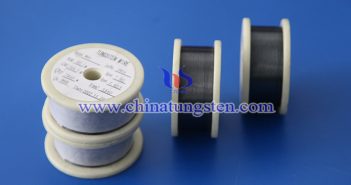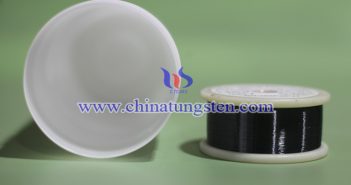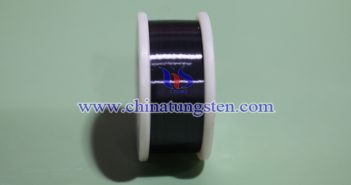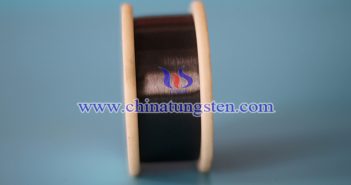
The diameter of tungsten wire plays a significant role in determining the cut-resistance properties of the knitted fabric. Here’s how it affects the fabric: Increased Diameter, Higher Cut Resistance: Thicker W Wire: A larger diameter W wire increases the fabric’s resistance to cutting forces. This is because thicker wires are more difficult to sever, providing a stronger barrier against sharp objects. The greater mass and cross-sectional area of thicker wires can better absorb and distribute the force applied by a…

